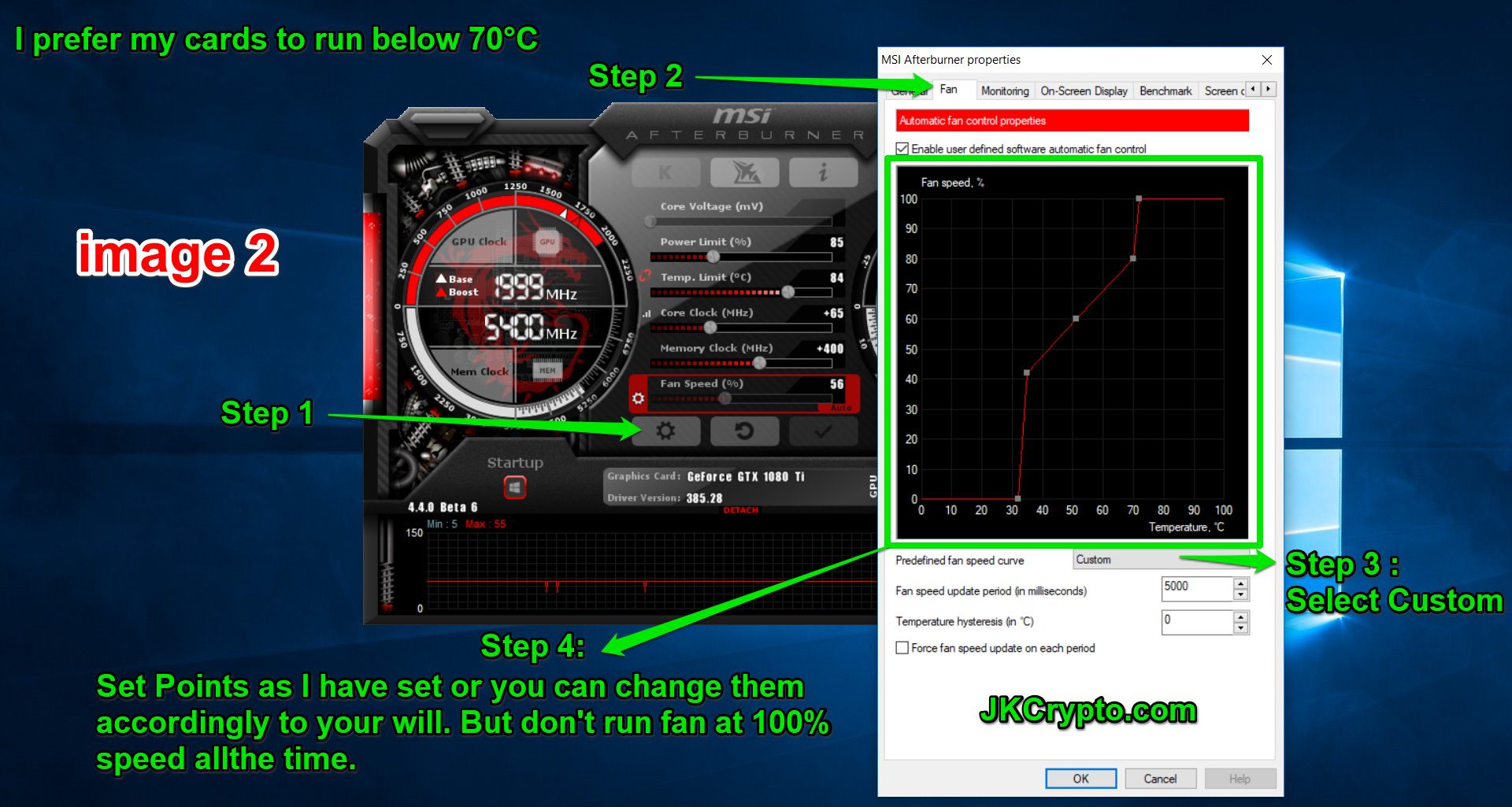


Over the past few weeks we have made a tremendous effort to get a lot of features enabled for this build." This is the new public final release of MSI AfterBurner. We have written a GeForce GTX 10 overclocking guide right here. "If you purchased a GeForce GTX 1050, 1060, 1070, 1080, Titan X, Tian Xp, Titan V (Volta) or AMD Radeon RX 5×0 and Vega graphics card we can recommend you to at least try out this latest release. manual results using a previous version in our MSI GeForce RTX 2080 Gaming X Trio review), but a new version of the API is incorporated in Afterburner v4.6.0 beta 10. NVIDIA had previously offered the OC Scanner only for the Turing-based RTX graphics cards (we compared OC Scanner vs. Just go to Settings, User Interface, and select one of the many pre-loaded themes.GPU overclocking utility MSI Afterburner now supports automatic Pascal overclocking, bringing this feature to the GTX 10-series for the first time. If the default layout is not good enough for you, you can also change that. Those are called "profiles." Basically, whatever tweaks you do to your GPU, you can save them as a profile so you can just click it and quickly apply it at any time. Then, the right side has a bunch of numbers. From there, we have the settings button and the "monitor" button, which will show you a graph of your graphics card's temperatures. From there, we have the OC Scanner tool, which is meant to automatically scan your GPU (using an algorithm made by Nvidia for RTX 20 series cards) and look for the highest possible overclock and apply that to your GPU. The spaceship-looking logo will open the Afterburner website, the "K" logo will open MSI Kombustor, the information button will show you information about your CPU and GPU. On the left side, you're going to see several buttons. Related: How to Safely Stress Test Your Overclocked CPU, GPU, and RAM


 0 kommentar(er)
0 kommentar(er)
